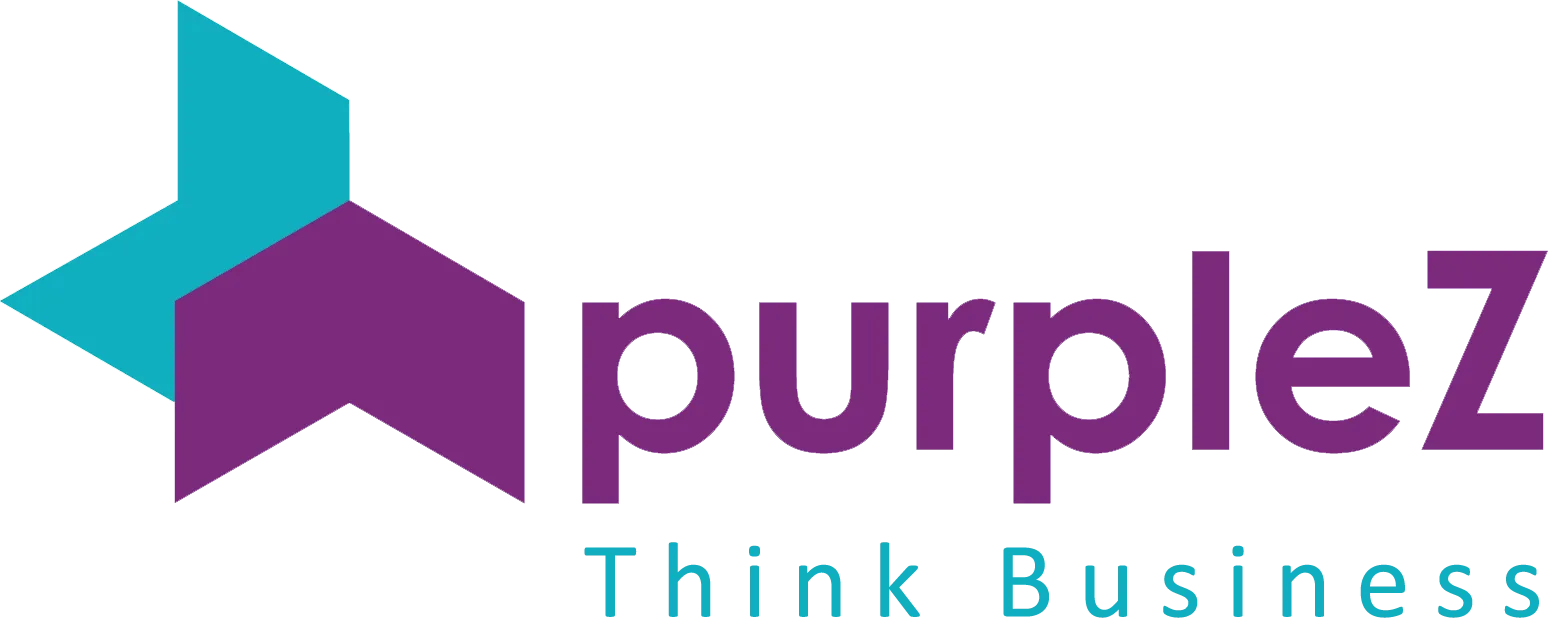
In the world of content marketing, the focus is on creating quality content and then promoting it. The success of your campaign lies in how effectively you can reach out to your audience, engage them and turn them into customers. The metrics you use to track these activities will determine if your efforts yield results.
If you want to increase consumer engagement on social media platforms or boost conversion rates on emails, then you must know what works best for each channel and how much time should be invested in each one. Here are some of these content marketing metrics:
Setting Clear Objectives
The first stage in developing your content marketing plan is defining your goals. What do you want to achieve? You need to be specific and clear about this because it will help guide your future decisions. If people aren’t engaging with the content you produce, or if there’s no increase in sales or signups after publishing a piece of content–it’s probably because what they’re reading isn’t relevant enough for them.
You may have heard this before: “Define the problem before starting on a solution.” While it sounds simple enough at first glance (and indeed it can be), defining problems can be difficult when working within an organization with multiple teams working toward different goals simultaneously.
It’s important not only for each team member but also for leadership and anyone involved in making decisions about their marketing strategy–including managers, CEOs, and CMOs–to agree upon one common goal before moving forward into execution mode. Hence, everyone knows where they stand on these matters as we advance!
Consumption Metrics
Consumption metrics are all about the number of people consuming your content. These include:
- Pageviews
- Downloads (if you’re a B2B company)
- Shares and comments can be tracked using social media integrations or third-party tools like Google Analytics.
Engagement Metrics
- Engagement metrics are the most important metrics in content marketing. They measure user interaction with your content and can tell you if people are reading, sharing, and engaging with it.
- Examples of engagement metrics include:
- Shares on social media (Facebook, Twitter)
- Comments on blog posts or videos
- Downloads of ebooks/reports/white papers
Conversion Metrics

Conversion metrics measure the effectiveness of your content marketing efforts by tracking how many people take specific actions. These include signing up for a newsletter, downloading an ebook or whitepaper, or purchasing.
Conversion rate measures how many people complete a specified action within 30 days of visiting your site or interacting with your brand online. You can track this metric by channel (i.e., search engine optimization vs. social media vs. email marketing). You can also break it down further by device type (desktop vs. mobile), content type (video vs. blog post), and customer segmentation, like age or gender, if relevant to your business model.
SEO Metrics

The term “search engine optimization” (SEO) covers a wide variety of methods for enhancing a website’s visibility in search engines.
According to Google, over 200 ranking factors influence how your website appears in search results. Some of these factors are directly within your control, such as keyword choice and placement on the page; others could be more controllable, such as backlinks from high-authority websites or content quality.
SEO metrics can help you determine which areas need improvement so you can make informed decisions about what changes should be made next.
Social Media Metrics
Social media metrics are a vital part of content marketing. Social media engagement and conversions are key to measuring the success of your campaigns and telling you how to improve them in the future. There are three main types of social media metrics: reach, engagement, and conversions.
- Reach is the number of people who saw your post in their feed or newsfeed on Facebook, Instagram (or whatever platform).
- When someone views your post for the first time, engagement is the number of likes, comments, and shares that follow; it’s a gauge of how interesting your material was to them. Engagement can also include clickthroughs from links within tweets; these aren’t included in reach numbers but are still important because they show potential leads being directed toward valuable information about products/services offered by businesses like yours.
Email Marketing Metrics

A strong technique for connecting with your audience and creating leads is email. You must be aware of the following metrics in order to gauge the success of your email marketing campaigns:
- Open rate (the proportion of recipients who actually open your emails)
- Clickthrough rate (the proportion of recipients of your email that clicked on links)
- Bounce rate (the proportion of emails sent but not successfully received in the recipient’s inbox)
- Unsubscribe rate (the number of persons that stopped receiving messages in the future)
Email marketers should also consider sentiment analysis, engagement, and conversion metrics when evaluating their campaigns’ performance.
Brand Awareness Metrics
How well your brand is known in the marketplace is gauged by brand awareness. Surveys, focus groups, and other research techniques can be used to measure it. One way to measure brand awareness is through brand recall tests, where participants are asked to identify specific brands they’ve seen advertised over time.
This allows you to see whether they remember seeing your ads or not and how often they recall seeing them (i.e., if someone says, “I’ve seen an ad for ___,” then that’s good because it means they recognize your product). Another way is through brand association tests which ask respondents what words come to mind when thinking about certain brands; this gives insight into their perceptions of those companies’ reputation or image among consumers (i.e., if someone says “green” when asked about Walmart then this indicates positive associations with sustainability/environmental friendliness).
Customer Retention Metrics
Customer retention metrics are a way of measuring how well you’re keeping your customers. These include:
- Customer Churn Rate (CCR) – The percentage of customers who stop buying from you in a given period, usually one month. The lower your CCR, the better!
- Lifetime Value (LTV) – How much money each customer, on average, spends with your business over their lifetime as a result of being retained by that business. This is calculated by dividing the revenue they generate for the business by the cost of acquisition (the price paid to acquire them).
- Retention Rate – The proportion of existing customers who continue to use or purchase from an organization’s products and services in subsequent periods after purchasing from them once before. This metric helps businesses determine whether they are doing enough to keep existing clients satisfied so they don’t switch providers or stop using altogether.
Data Analytics and Measurement Tools

- Google Analytics: The most widely used analytics tool, Google Analytics, is a free service that provides a range of data on your website’s traffic and usage. You can use this information to see who your audience is and how they interact with your content.
- Social media analytics platforms: Social media networks like Facebook, Twitter, and LinkedIn offer their own analytics tools for tracking engagement on their platforms. These tools provide insights into what types of content are performing well (or not), which audiences are responding best, where people are engaging with the brand or product at different times throughout the day/week/month etc., all to help inform future marketing decisions.
- Email marketing analytics tools: Email marketing software allows you to track whether emails were opened by recipients–which will tell you if they’re reading them–as well as whether they were clicked on any links within those emails before being deleted without being opened at all! Some even allow users access to detailed statistics regarding open rates per campaign or individual sender over time so businesses can better understand which messages resonate most strongly with their target market segments; this knowledge helps companies tailor future messaging accordingly.”
Identifying Key Performance Indicators (KPIs)
To help you determine which KPIs are most important to measure, we’ll first look at the types of KPIs that should be tracked.
- Key performance indicators (KPIs) are the metrics that matter to your business. They’re used to measure the success of your content marketing strategy and identify areas where you can improve over time.
- A good KPI should be measurable, trackable, and actionable–meaning that it’s easy for someone in your company (or outside agency) to calculate or gather data on it; no obstacles are preventing them from doing so, and once they’ve got their hands on this information, they know exactly what steps they need to take next based on what they find out from analyzing those numbers.
Implementing Regular Tracking and Reporting Processes
Tracking and reporting are essential to the success of your content marketing strategy. If you don’t know what’s working and what isn’t, taking action on the results is impossible.
Here are some best practices for implementing regular tracking and reporting processes:
- Track your marketing efforts so they can be measured in one place, including social media posts, email campaigns, blog posts, and more. This way, you’ll have all of the information at hand when it comes time to report on your progress against goals.
- Keep track of how many people visit each piece of content (ebooks or whitepapers) so that when there is an increase in traffic from one campaign over another (for example), you can see which pieces were most effective at driving traffic back through other channels like SEO or paid advertising campaigns.
In Conclusion
As you can see, there are many metrics to consider regarding content marketing. The key is to understand what these metrics mean, how they work together, and which ones will help you achieve your objectives (engagement or conversion). To do this, you must create a system for consistent tracking and reporting procedures that will enable you to recognize trends over time and then use this information to decide where your company needs to improve or where there are chances for growth within its ecosystem.
Lucky for you, your content marketing consultant in Irvine, Orange County can take care of it all.
Just get in touch with us and receive your free marketing audit!

